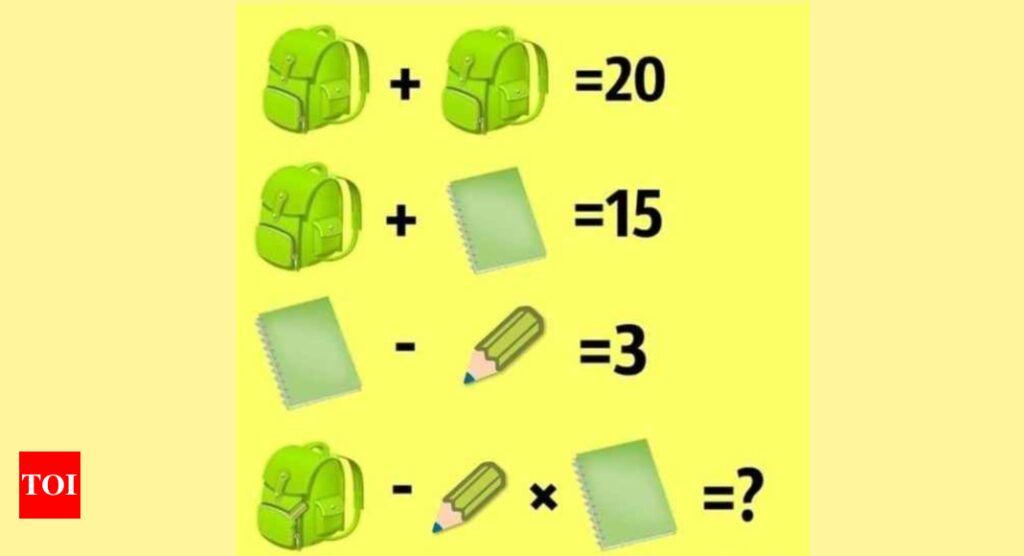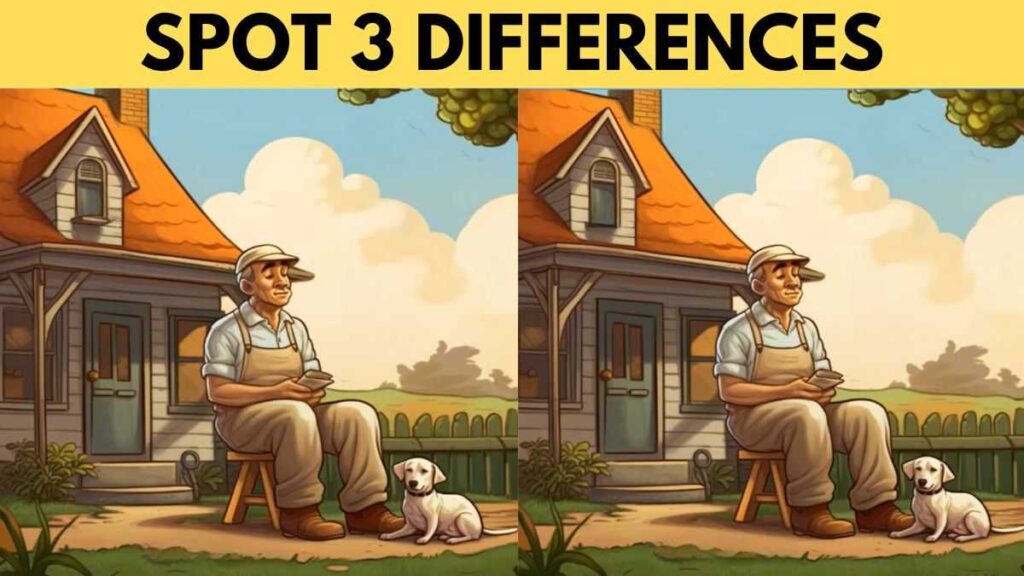Carefully look at the image given here. What do you see? Two cute dogs, right? And… a man!! Are not! Would you believe it if we said there are actually three dogs in this photo and the one you’re seeing as a human wearing a black outfit is actually a black-haired dog? It’s hard to believe, isn’t it? A Reddit user shared this photo and the internet is going crazy over it.
“Where is the third dog? I guess the human is actually my dog, but I can’t see it…” one user wrote. Another user said: “Everyone kept saying they immediately saw 3 dogs, this is the first time I’ve seen this image and I didn’t know it wasn’t a guy until another comment mentioned it.” When it comes to it, 100% think it’s a person wearing a fur coat.” and wear a hat because of the snow.”
“I just can’t see it. I need visual help,” another wrote. “The black dog is in the front facing the camera, the part below the “head” (i.e. tail) is the actual head of the dog,” explains. another user.
Now, when you know where the third dog is, you will no longer see that image.
“I literally gasped when I realized! What a beautiful photo!”, one user said. This photo is a perfect example of an optical illusion. It clearly identifies the target of the illusion. Images like these make your brain believe something else, when in reality that thing may not exist. Everyone saw a man in a black coat, perhaps because there was snow everywhere, and it was easy to believe that a man in a coat might have taken his dog out for a walk.
How yoga improves overall health
Images like this are spreading online. These are being shared and reshared massively. Engaging in such brainstorming activities is good for mental health as it makes the brain think something that is not so obvious. Social media has been abuzz with discussion about the illusion, with many people sharing their own explanations and experiences. This image sparked curiosity and engagement, made people question what they saw and encouraged them to look beyond the surface.
As optical illusions continue to captivate audiences, they remind us of the complexity of human perception and the magic of visual art. Tell us how many seconds or how many minutes it took you to discover that the man in the photo is not a man. all and in fact a cute little dog, perhaps standing closer to the photographer and thus becoming the center of attraction of one of the most viral optical illusions.
How to solve optical illusions quickly?
To quickly solve optical illusions, focus on the key elements first: identifying shapes, lines, and patterns. Look for contextual clues like shadow or relative size that can reveal the true nature of the image. Try changing your perspective or distance, as illusions often rely on the viewer’s perspective. For example, shifting gaze or moving images can sometimes clarify confusing elements. Additionally, taking a moment to mentally separate from the illusion will help; Often, our brains fill in the gaps with incorrect assumptions. Practicing and becoming familiar with common types of illusions can also improve your ability to decipher them quickly. By regularly challenging yourself with different types of illusions, you not only entertain yourself but also train your brain to recognize patterns more effectively. This exercise can be especially beneficial for students and professionals in fields that require strong analytical skills, such as architecture, design, and engineering.
Benefits of solving optical illusions
Solving optical illusions daily helps sharpen cognitive skills by enhancing problem solving and critical thinking. It trains the brain to interpret visual information more effectively, improving attention to detail and concentration. Regular exposure stimulates the brain’s visual processing centers, enhancing spatial awareness and mental flexibility. Optical illusions also help improve memory retention by engaging both hemispheres of the brain, promoting creativity and innovative thinking. Additionally, addressing delusions can reduce mental fatigue, providing a fun and stimulating way to exercise the brain, thereby contributing to long-term cognitive health and resilience. counteracts age-related decline.
So whether you’re an illusion enthusiast or just want to sharpen your mind, taking the time to explore these fascinating visual tricks can be both entertaining and enlightening. valuable information about the functioning of the human brain. Keep an eye out for the next illusion; it can give a new perspective on how you see the world.


